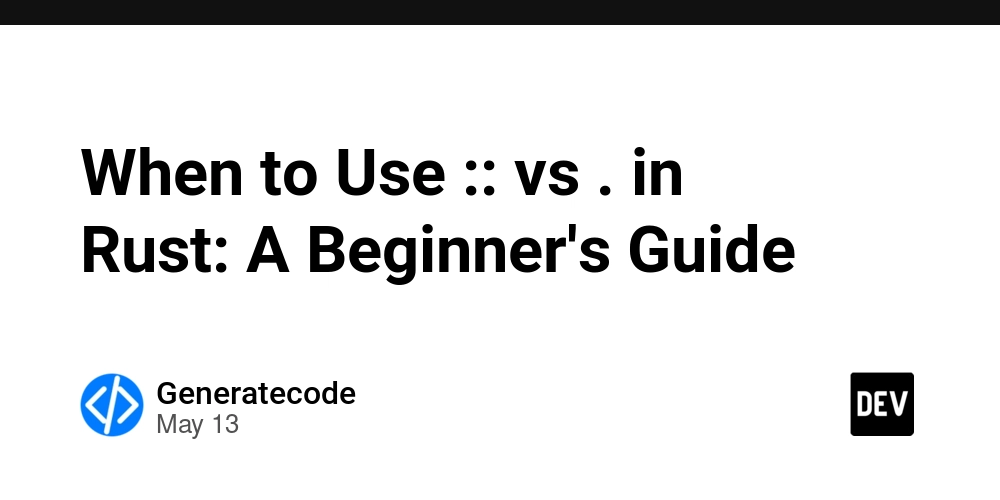How to ungoogle your Business: Google Drive Edition
Google Drive is convenient. But it comes with tradeoffs and they get worse the bigger your team grows. Every document, every spreadsheet, every sensitive file: stored on servers owned by a 2 trillion US tech company, subject to US law, priced per user, and hosted who knows where. That might not bother you if you're a startup with three people. But if you're a company in the EU with 50 employees and growing privacy concerns, it’s time to ask: Why are you still using Google Drive? There’s a better way and it starts with open source. Step 1: Replace Google Drive with Nextcloud The most popular open source alternative to Google Drive is Nextcloud. It gives you: A modern file sharing interface Fine grained user permissions Calendar, contacts, and collaboration add ons End to end encryption Full control over where your data lives You can self host it. You don’t need Google anymore. Let’s prove it. Step 2: Self hosting with Docker Compose If you're comfortable with Docker, getting a basic Nextcloud setup running takes just a few lines of YAML. services: nextcloud: depends_on: - postgres image: nextcloud:apache environment: - POSTGRES_HOST=postgres - POSTGRES_PASSWORD=nextcloud - POSTGRES_DB=nextcloud - POSTGRES_USER=nextcloud ports: - 8000:80 restart: always volumes: - nc_data:/var/www/html postgres: image: postgres:alpine environment: - POSTGRES_PASSWORD=nextcloud - POSTGRES_DB=nextcloud - POSTGRES_USER=nextcloud restart: always volumes: - db_data:/var/lib/postgresql/data expose: - 5432 volumes: db_data: nc_data: Then run: docker compose up -d Visit http://localhost:8080, finish the browser based setup, and you’ve got a private Google Drive replacement running locally. Congrats. You're now hosting your own cloud. For a full setup guide, check out this blog post. Step 3: And now the catch You're also now responsible for: Regular Nextcloud updates Postgres and PHP security patches TLS certificates Offsite backups Monitoring uptime and disk usage Scaling storage DNS and domain config Email relay setup Fixing it all when it breaks on a weekend Self hosting gives you control. But it also gives you the burden of control. Step 4: Or let someone else handle it What if you could have all the benefits of self hosting like privacy, ownership, and flexibility without the operational burden? That’s where something like Sliplane comes in. It’s a platform for hosting open source apps like Nextcloud without needing to touch a server. You get: Simple deployment (no terminal access required) Full admin access Hosted in German data centers, by a German company Daily backups and uptime monitoring No per user pricing Watch how easy it is to deploy Nextcloud on Sliplane: Let’s talk numbers. Google Workspace Business Standard charges 12 euros per user per month. If you have 50 users, that’s 600 euros per month plus taxes. And that’s for just 100 GB of shared storage. With Sliplane.io, the same setup costs 44 euros per month. That’s a 93 percent saving, hosted in Germany, under your control. (If you need a lot of storage Google Drive is still a good deal.) Final Thought You can go the full DIY route with Docker. And if you're an engineer with time on your hands, that might be fine. But if you want something closer to the Google Drive experience, just without the Google part, there are better ways to run Nextcloud. Your business doesn’t need to feed user data into US hyperscalers. Your files don’t need to live in California. And you don’t need to pay 700 euros per month for 100 GB of data. You just need to degoogle. Ready to take back control? Cheers, Jonas, Co-Founder of sliplane.io

Google Drive is convenient. But it comes with tradeoffs and they get worse the bigger your team grows.
Every document, every spreadsheet, every sensitive file: stored on servers owned by a 2 trillion US tech company, subject to US law, priced per user, and hosted who knows where. That might not bother you if you're a startup with three people. But if you're a company in the EU with 50 employees and growing privacy concerns, it’s time to ask:
Why are you still using Google Drive?
There’s a better way and it starts with open source.
Step 1: Replace Google Drive with Nextcloud
The most popular open source alternative to Google Drive is Nextcloud.
It gives you:
- A modern file sharing interface
- Fine grained user permissions
- Calendar, contacts, and collaboration add ons
- End to end encryption
- Full control over where your data lives
You can self host it. You don’t need Google anymore.
Let’s prove it.
Step 2: Self hosting with Docker Compose
If you're comfortable with Docker, getting a basic Nextcloud setup running takes just a few lines of YAML.
services:
nextcloud:
depends_on:
- postgres
image: nextcloud:apache
environment:
- POSTGRES_HOST=postgres
- POSTGRES_PASSWORD=nextcloud
- POSTGRES_DB=nextcloud
- POSTGRES_USER=nextcloud
ports:
- 8000:80
restart: always
volumes:
- nc_data:/var/www/html
postgres:
image: postgres:alpine
environment:
- POSTGRES_PASSWORD=nextcloud
- POSTGRES_DB=nextcloud
- POSTGRES_USER=nextcloud
restart: always
volumes:
- db_data:/var/lib/postgresql/data
expose:
- 5432
volumes:
db_data:
nc_data:
Then run:
docker compose up -d
Visit http://localhost:8080, finish the browser based setup, and you’ve got a private Google Drive replacement running locally.
Congrats. You're now hosting your own cloud. For a full setup guide, check out this blog post.
Step 3: And now the catch
You're also now responsible for:
- Regular Nextcloud updates
- Postgres and PHP security patches
- TLS certificates
- Offsite backups
- Monitoring uptime and disk usage
- Scaling storage
- DNS and domain config
- Email relay setup
- Fixing it all when it breaks on a weekend
Self hosting gives you control. But it also gives you the burden of control.
Step 4: Or let someone else handle it
What if you could have all the benefits of self hosting like privacy, ownership, and flexibility without the operational burden?
That’s where something like Sliplane comes in.
It’s a platform for hosting open source apps like Nextcloud without needing to touch a server. You get:
- Simple deployment (no terminal access required)
- Full admin access
- Hosted in German data centers, by a German company
- Daily backups and uptime monitoring
- No per user pricing
Watch how easy it is to deploy Nextcloud on Sliplane:
Let’s talk numbers.
Google Workspace Business Standard charges 12 euros per user per month.
If you have 50 users, that’s 600 euros per month plus taxes.
And that’s for just 100 GB of shared storage.
With Sliplane.io, the same setup costs 44 euros per month.
That’s a 93 percent saving, hosted in Germany, under your control.
(If you need a lot of storage Google Drive is still a good deal.)
Final Thought
You can go the full DIY route with Docker. And if you're an engineer with time on your hands, that might be fine.
But if you want something closer to the Google Drive experience, just without the Google part, there are better ways to run Nextcloud.
Your business doesn’t need to feed user data into US hyperscalers.
Your files don’t need to live in California.
And you don’t need to pay 700 euros per month for 100 GB of data.
You just need to degoogle.
Ready to take back control?
Cheers,
Jonas, Co-Founder of sliplane.io














































































































































































![[The AI Show Episode 156]: AI Answers - Data Privacy, AI Roadmaps, Regulated Industries, Selling AI to the C-Suite & Change Management](https://www.marketingaiinstitute.com/hubfs/ep%20156%20cover.png)
![[The AI Show Episode 155]: The New Jobs AI Will Create, Amazon CEO: AI Will Cut Jobs, Your Brain on ChatGPT, Possible OpenAI-Microsoft Breakup & Veo 3 IP Issues](https://www.marketingaiinstitute.com/hubfs/ep%20155%20cover.png)












































































































































































































































.jpg?width=1920&height=1920&fit=bounds&quality=70&format=jpg&auto=webp#)

























_Michael_Burrell_Alamy.jpg?width=1280&auto=webp&quality=80&disable=upscale#)





























































































































































































